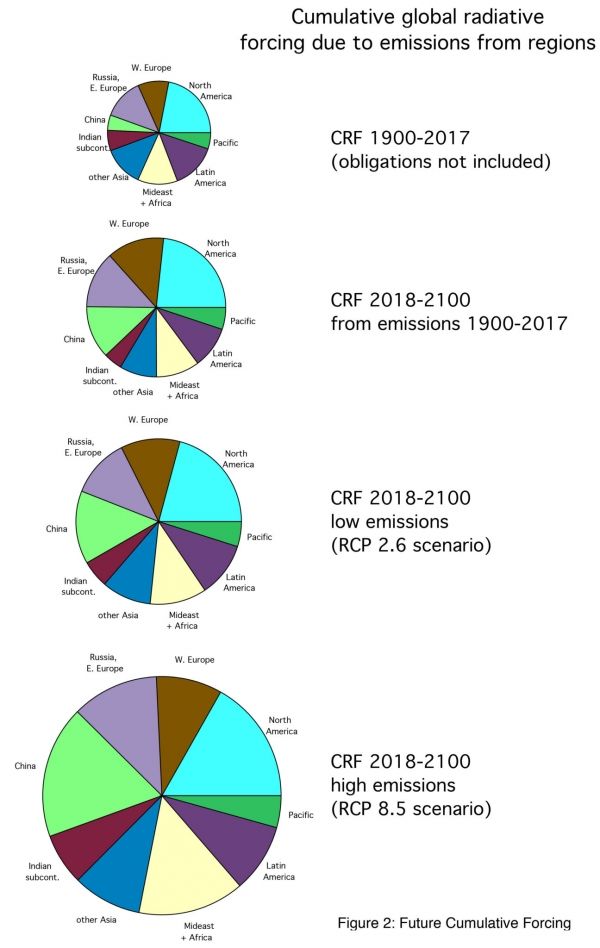The science is clear that human activities over the last century have contributed to greenhouse-like warming of the Earth’s surface. Much of the global conversation around climate change fixates on what individual countries or regions are contributing to the problem, and what they will do (or not do) to reverse the tide.
But Colorado State University’s A.R. Ravishankara, University Distinguished Professor who holds joint appointments in the departments of chemistry and atmospheric science, says the full picture is longer and more complex than meets the eye. It involves a legacy of past actions, as well as irreversible commitments for the future.
Ravishankara and co-author Daniel Murphy of the National Oceanic and Atmospheric Administration offer a new calculation that provides the long view of what nine different world regions have contributed to climate change since 1900. They also show how that breakdown will likely look by 2100 under various emission scenarios. Their study is in Proceedings of the National Academy of Sciences, Dec. 17.
They call their calculation “cumulative radiative forcing” because it integrates the ebb and flow of climate factors throughout the past century, rather than just a snapshot of what it is today. “Radiative forcing” is a metric that measures the sun’s energy that is retained by Earth. Global warming is the result of positive radiative forcing, or more energy being retained by Earth than escaping back into space.
Continue reading at Colorado State University
Image via Colorado State University


